Web-to-print isn’t new. But recently, it’s been gaining traction. In the beginning, the quality was low and the process was tedious. The technology simply didn’t offer the advantages of traditional offset printing. This is when most companies wrote it off.
Since then, a lot has changed.
First, the quality is much higher. Companies have also started capturing attention with one-to-one marketing capabilities.
If you haven’t considered web-to-print lately, we’ve addressed some of your most pressing questions below.
What is web-to-print technology?
Web-to-print is on-demand technology that gets results! A team of experts help you create templates for marketing materials, such as personalized brochures, mailers, flyers, trade show banners, and other promotional materials.
This technology allows you to customize text and images to create a unique product every time you print.
Why is it more efficient?
With web-to-print and on-demand technology, you’re printing exactly what you need, when you need it. For example, let’s say you have an entire sales force across the United States. And they need special marketing folders for an event. They can log-on, select their materials and have them shipped to their exact location – 24/7.
This streamlined process eliminates the need for a dedicated staff member to manage the ordering – saving money.
What can be done with web-to-print to personalize marketing pieces?
Web-to-print allows you to custom tailor your marketing pieces to your audience. For example, you can send a different offer to each individual market segment to drive better results.
Printing sales force materials is also more effective through custom capabilities. A sales rep can order flyers tailored to a special event and add their personalized information when ordering. This looks more professional than paper clipping a business card to the materials.
What are some other perks?
You can also tie this technology into email marketing. For example, Brooks Litho can integrate with certain CRMs to pull mailing and data lists. You can also create personalized URLs to collect information about your prospects.
For example, you might send a direct mail piece that offers customers a special gift if they visit a custom URL and enter their information. From here, you can track important information, including:
- Did they click on the link?
- Did they start to fill out the form, then stop?
- Did they complete the entire form?
This is a robust tool that can be a complete content management and digital asset management solution, allowing you to better measure marketing campaign results.

